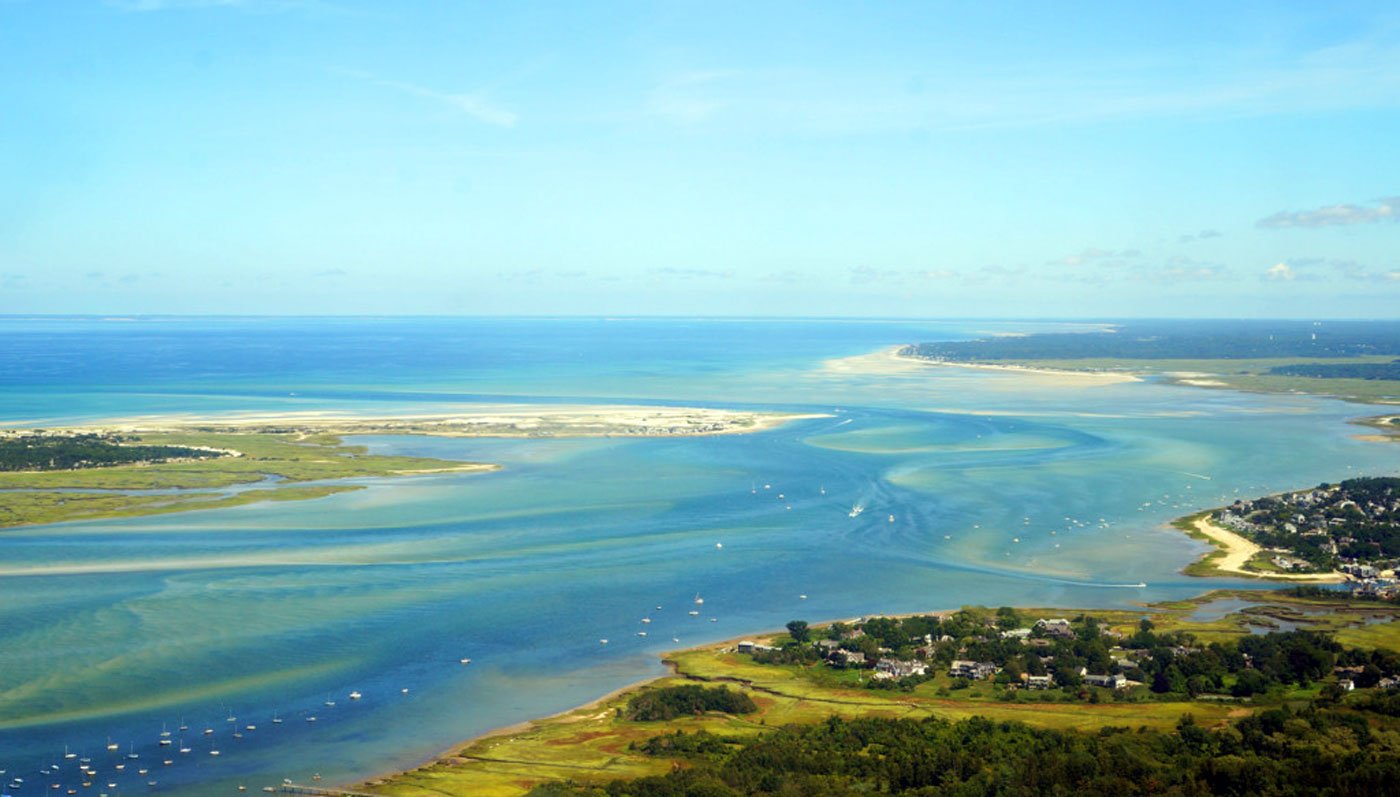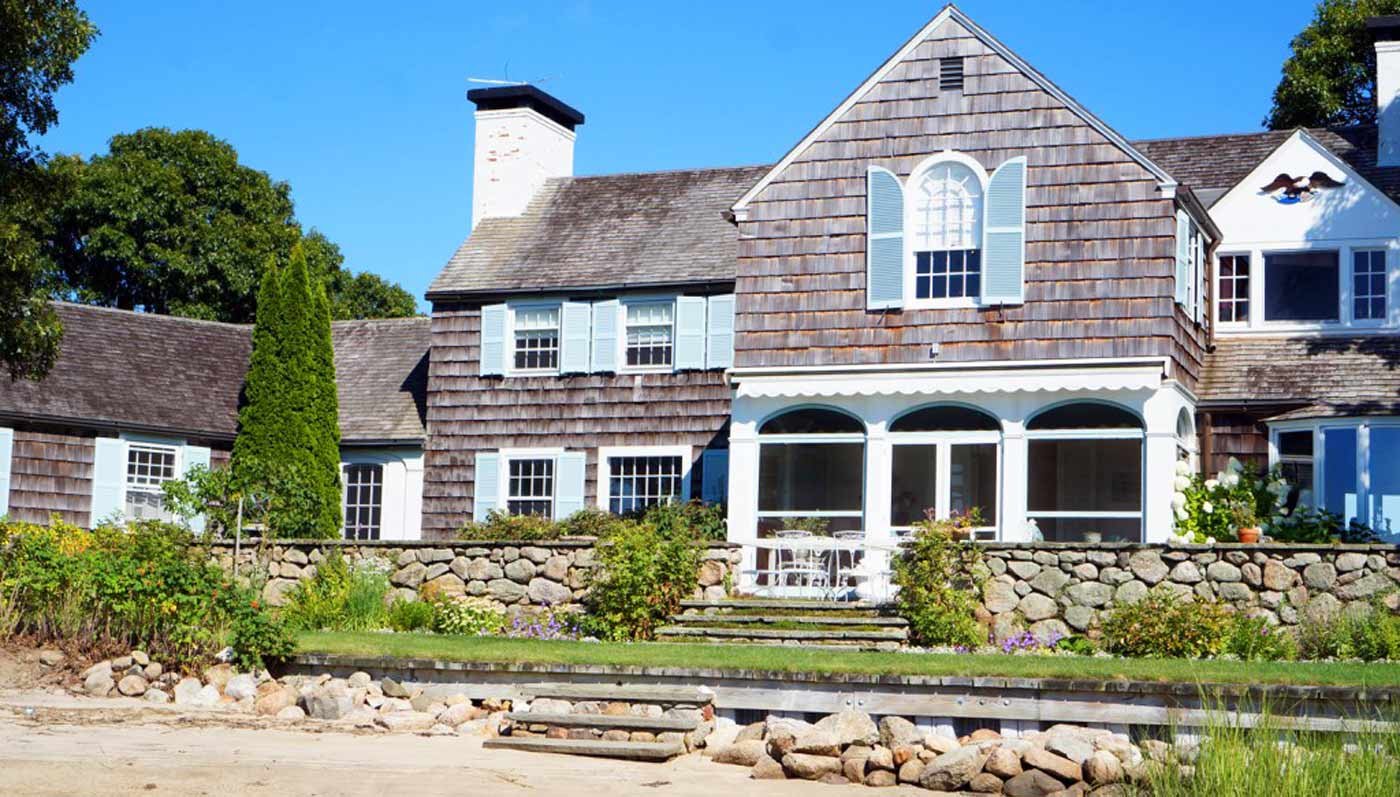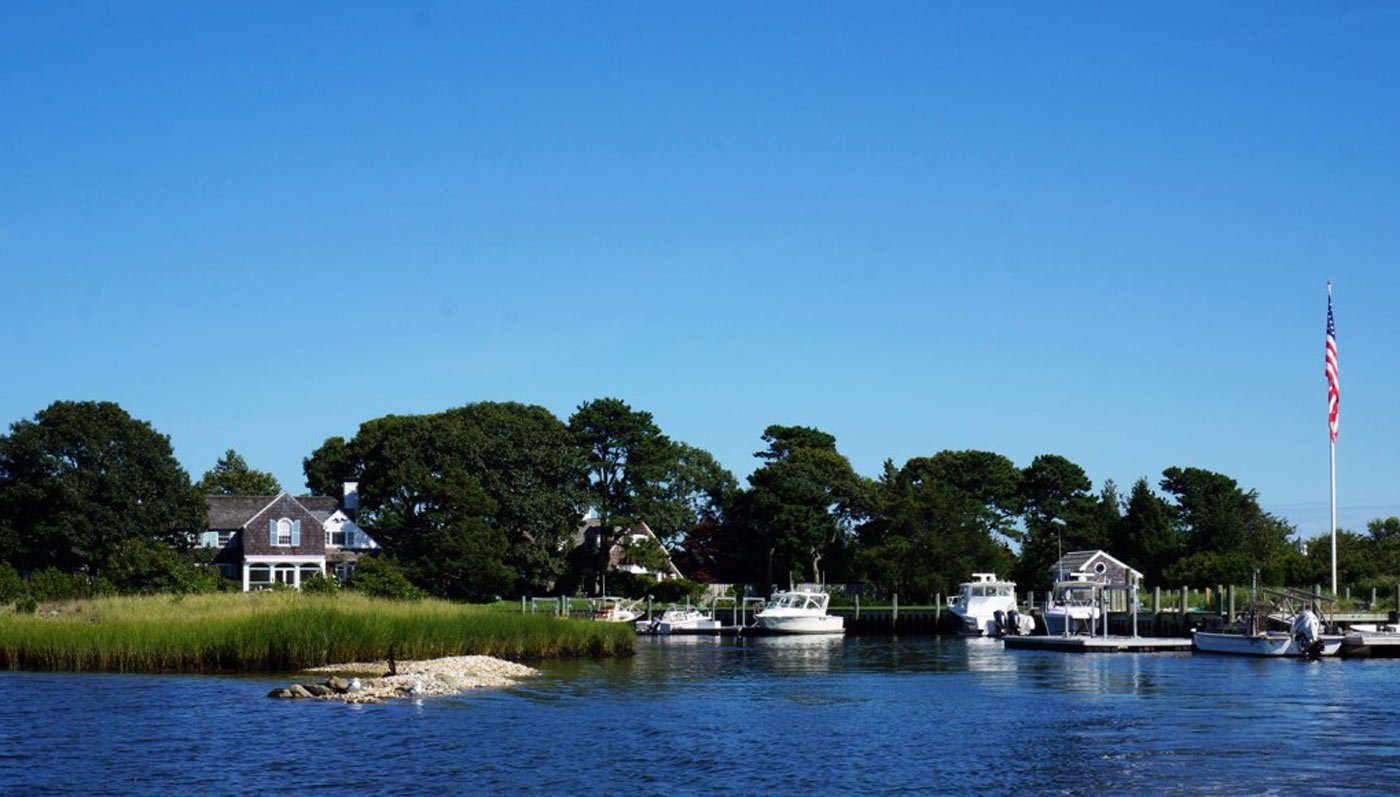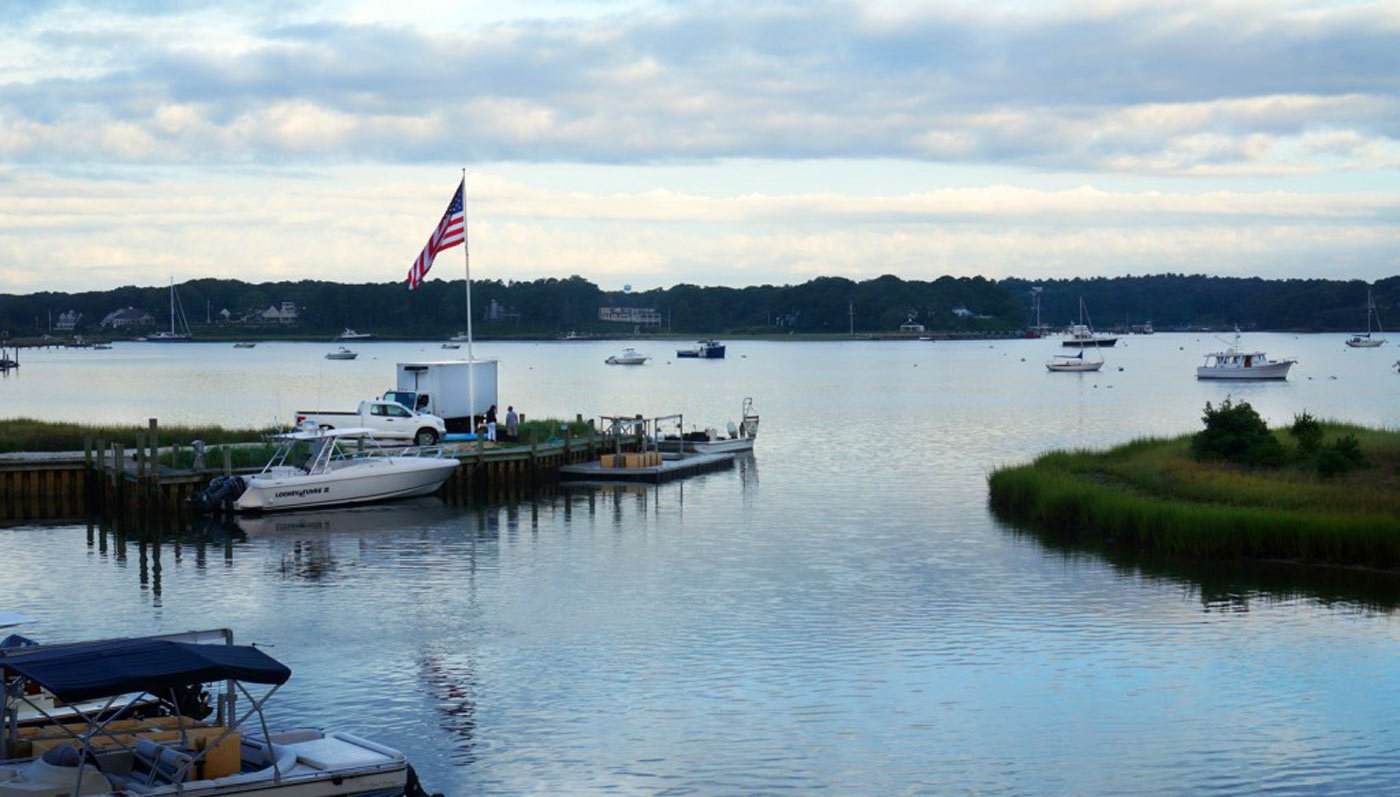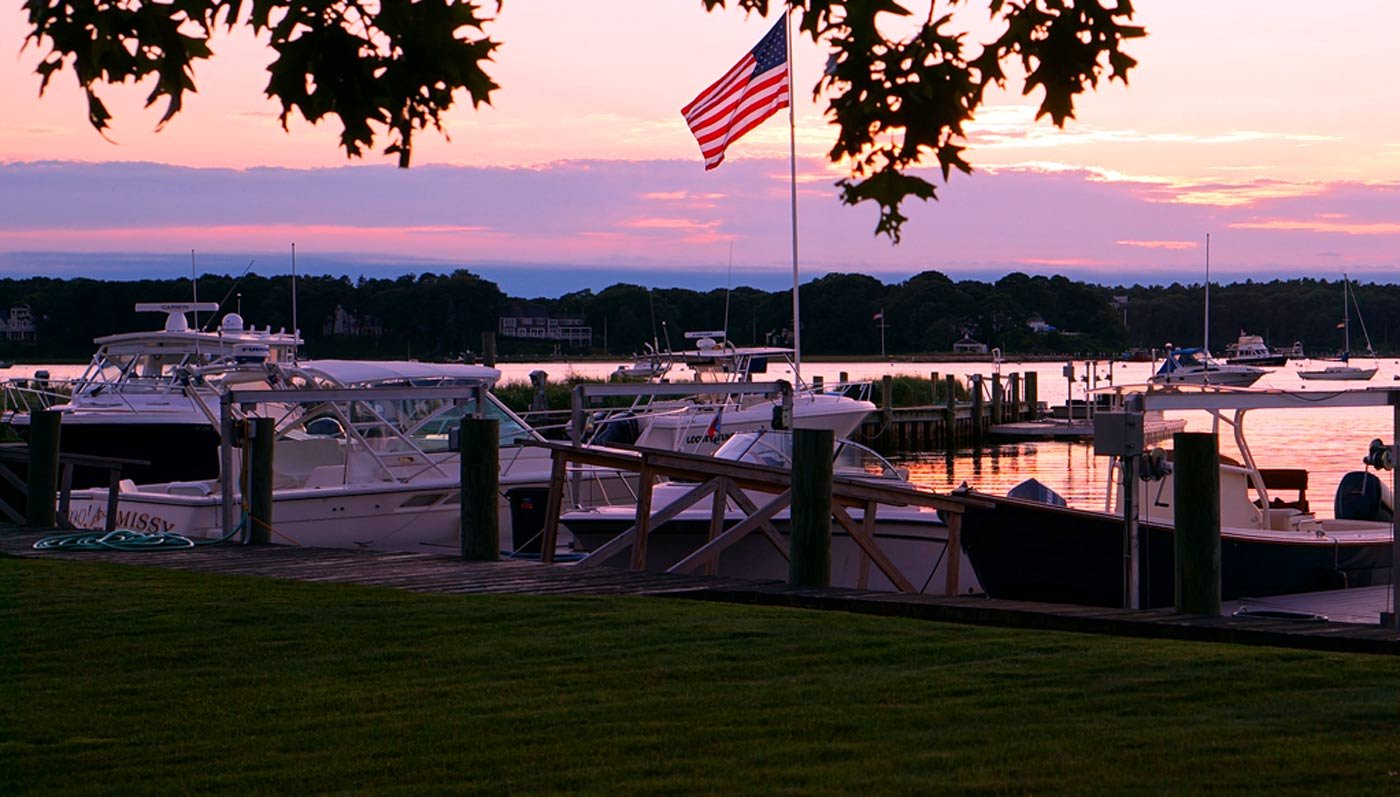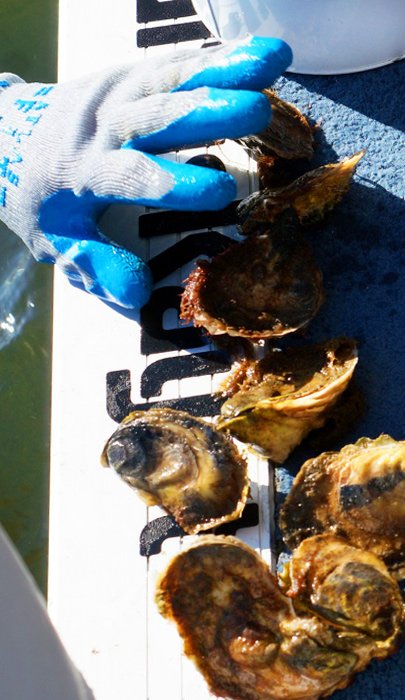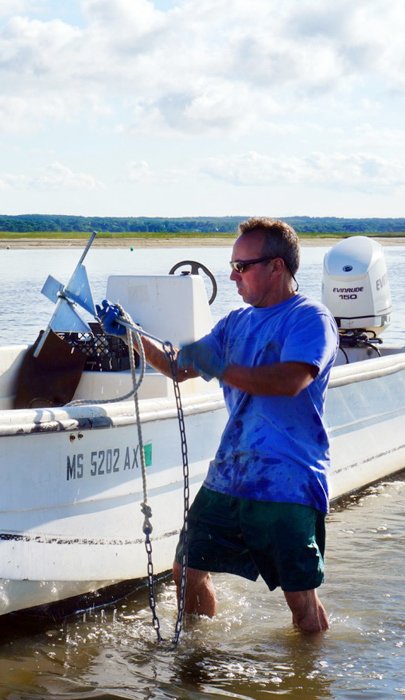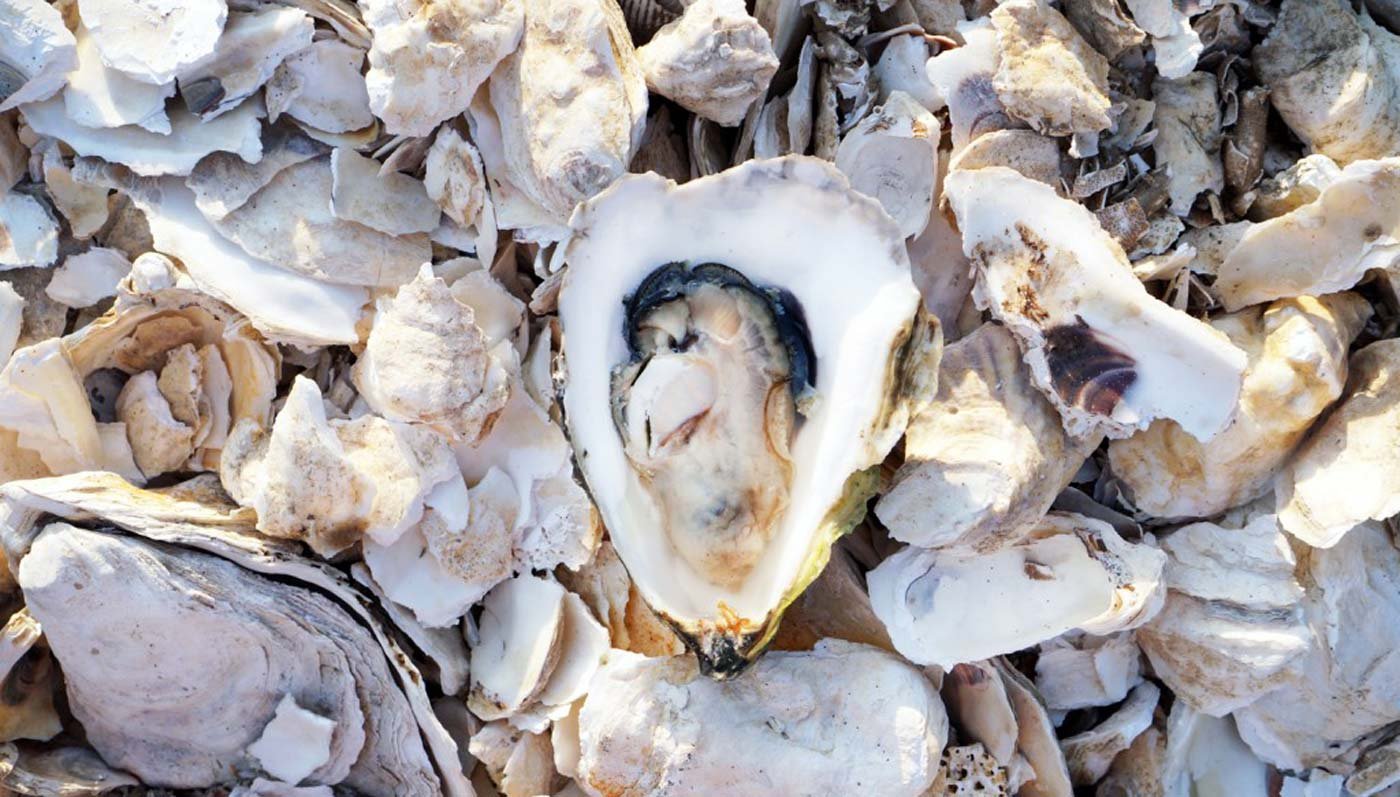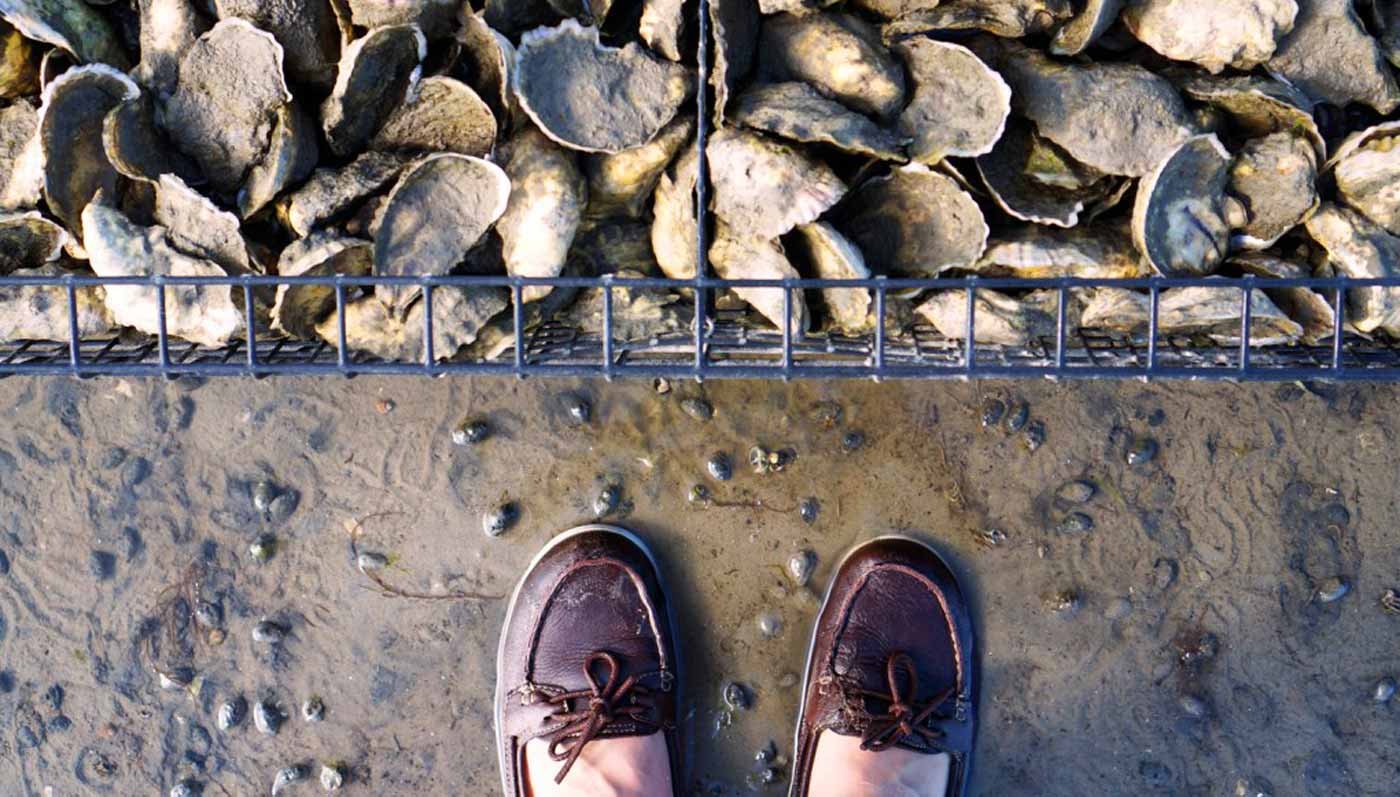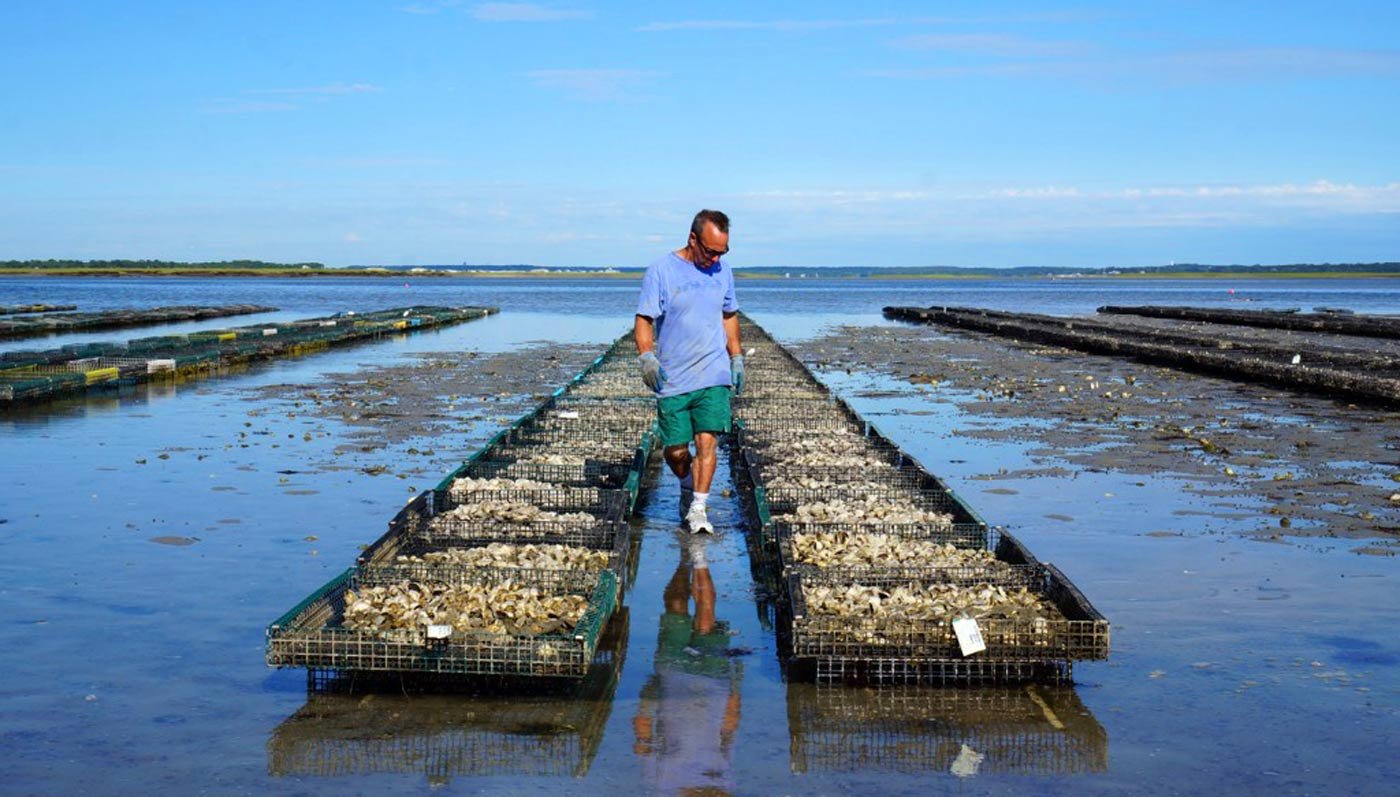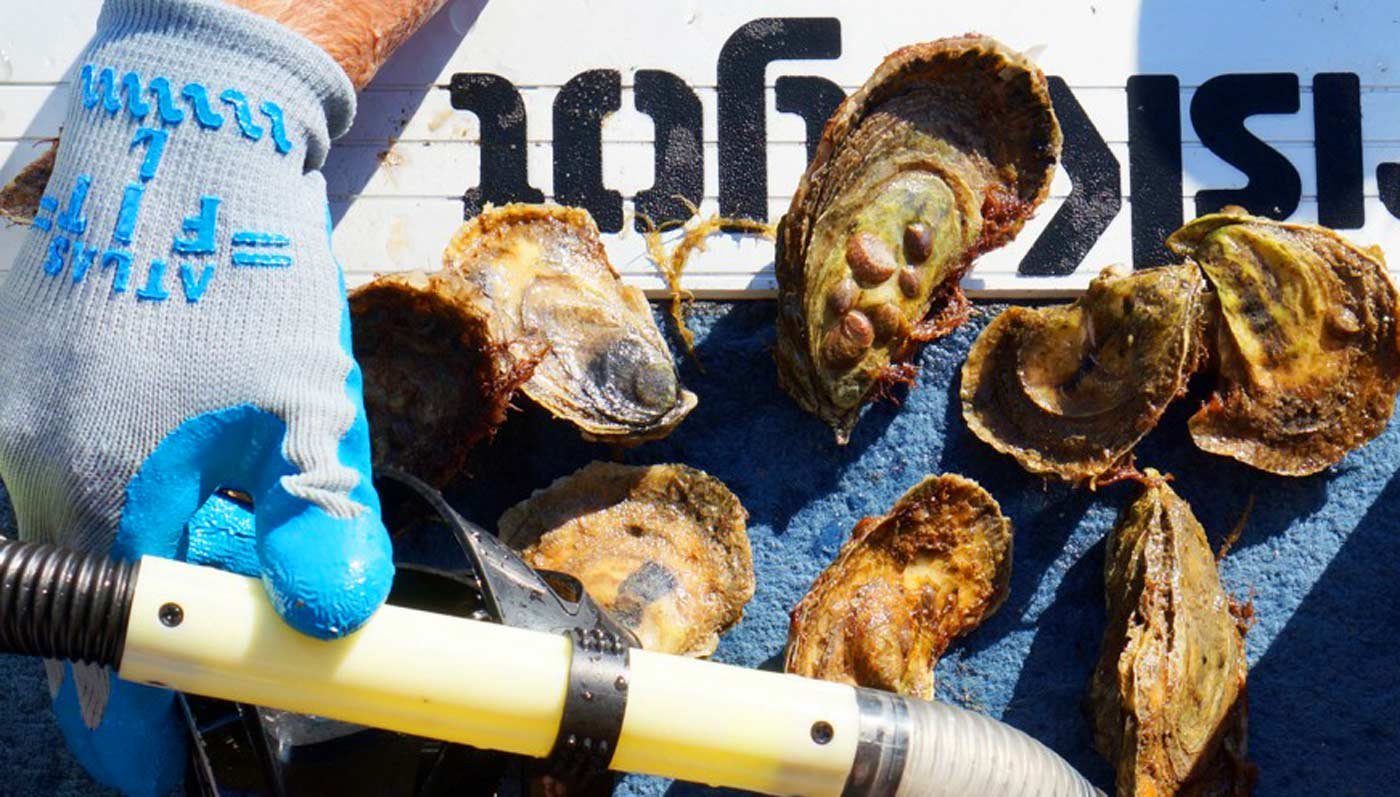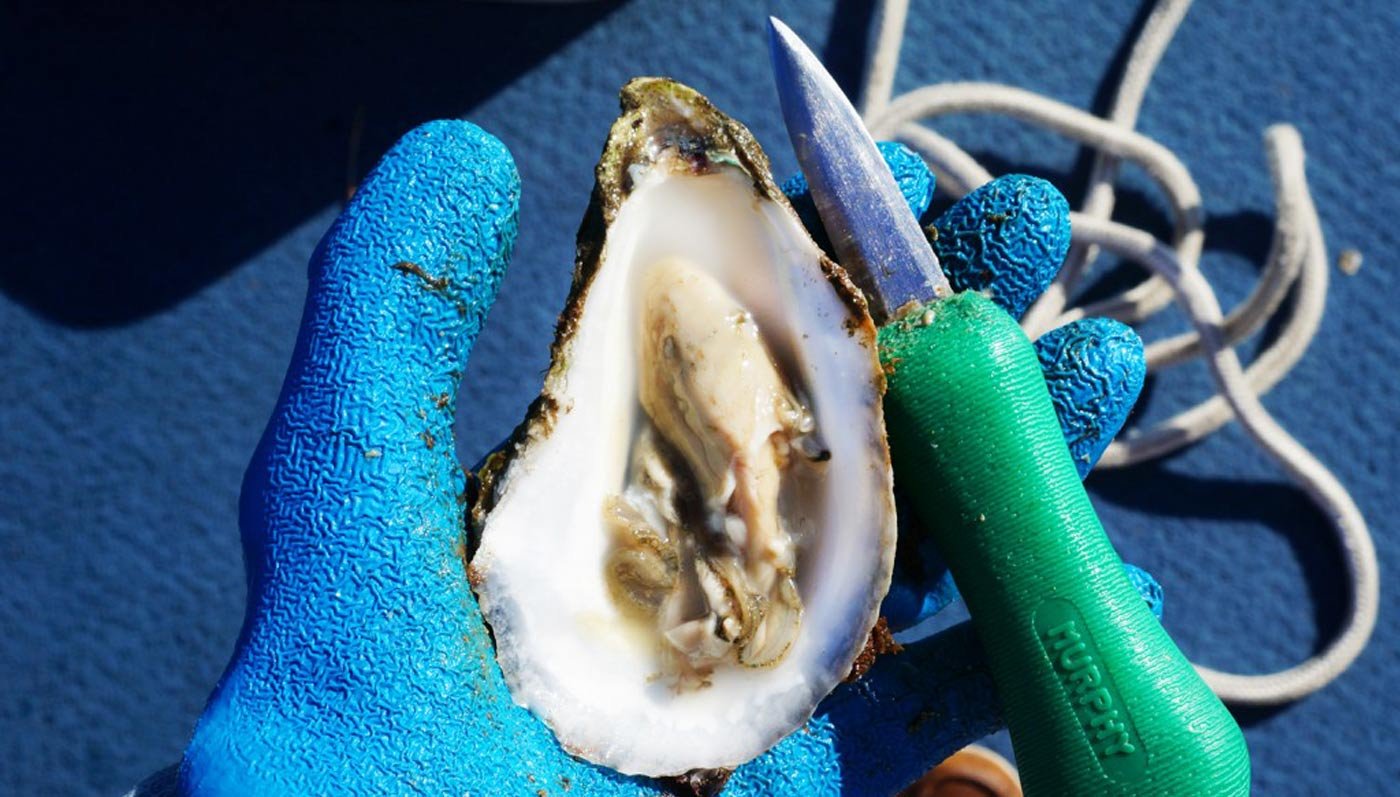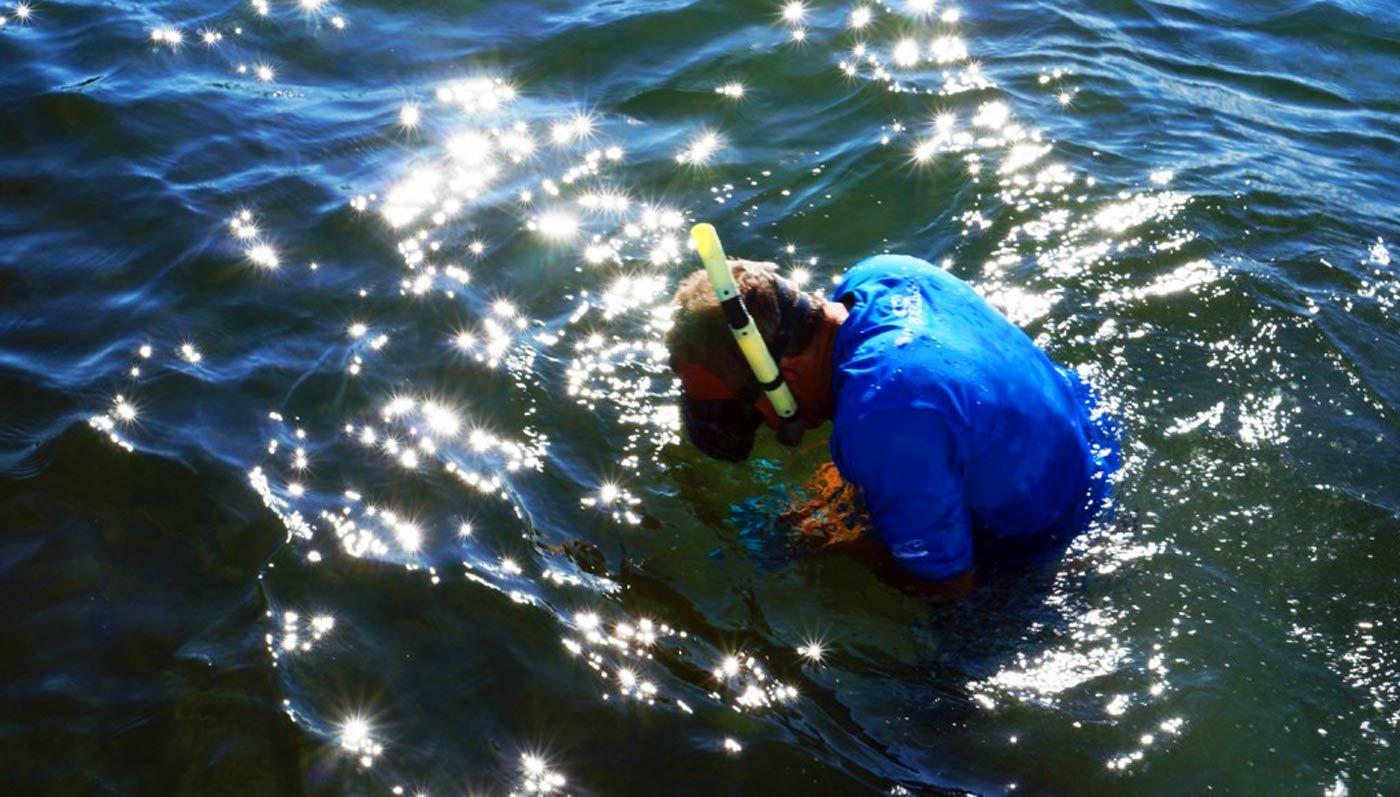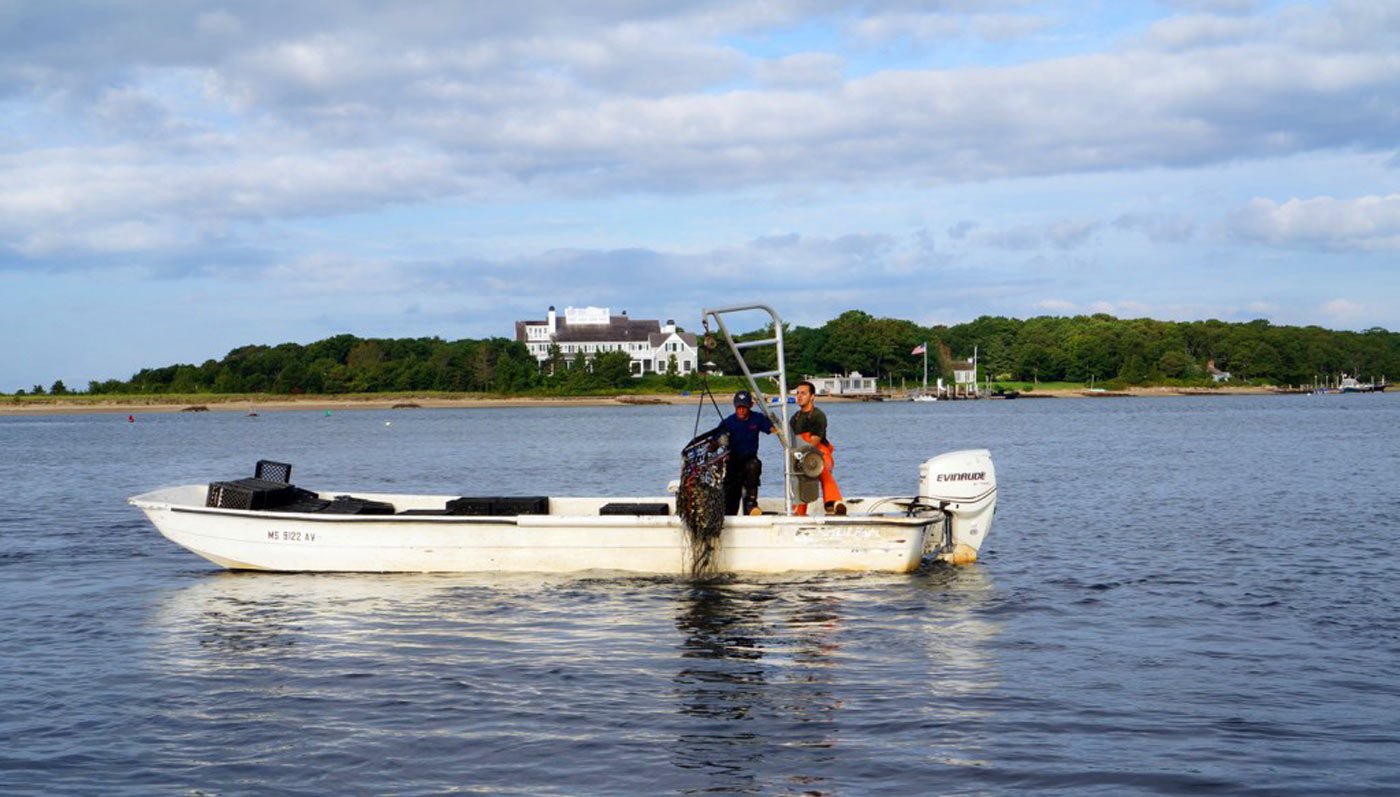WIANNO OYSTERS
A day after a week long road trip along the route 1 of the California coastline—Los Angelas to San Francisco—I get a text message from my girl friend Oyster Aficionado Julie Qiu of the blog In A Half Shell saying, "$56 RT on JetBlue From JFK to Hyannis (cape cod) from 8/20-8/26. Any interest?"
My response: "Were you planning an oyster eating of sorts?"
Talk about the biggest understatement of all time! "Let's do this! Can you buy my ticket since I'm out on the street and I'll Venmo the money to you ASAP" (admittedly, that was the perfect example of NYC-on-the-go style)?
And we were off on our adventure from our homes to theirs where Julie came from the perspective of an expert and I that of an oyster novice. It wasn't clear to me at that moment that by the end of our trip, I would know more than so many others about oysters. Before going, I loved eating them and noted that some were brinier than others as I tipped my invisible hat to myself while patting my own back for knowing the word "briny" and using it in proper context.
Now, I've had the rare opportunity of spending days with oyster farmers at WiAnno Oysters, Monks Cove Oysters, Duxbury Bay Shellfish, Wellfleet Puffers Petite and Mac's Seafood Distributor, learning their processes, seeing how they differ, how the growers themselves differ, and most importantly where the oysters that appear on my plate in a restaurant come from, get their names and how they are unique.
From the plane, we were greeted by WiAnno Founder and Ambassador Marion Kaiser. She would be our guide for the next two days as we learned the very thorough and elite process behind their delicious oysters.
We dropped off our bags and headed to the backyard marina where we met expert oyster farmer David Ryan. Immediately, we were deeply immersed into his oyster growing process. Starting with his top-secret process for his youngest oysters—forgive me, I can't say more.
From there, we were off onto a boat where we would get a tour of his always submerged farming area in the West Bay. These oysters, once of a certain age and size, are placed directly onto the mud to grow and get the necessary nutrients to finish their development. Typically, they get some great coloring from this process—in this case, a greenish tint—that is influenced by the algae and habitat around them.
Not optimal fishing time, we sipped on some chardonnay while shucking and sampling some of the delicious oysters that they had on ice. This was my first time ever shucking an oyster—yes, on the back of a boat that was purchased for a dollar on the West Bay surrounded by experts (talk about a perfect memory). Aside from initial instruction, I learned that David and Marion always like to flip the oyster after cutting it from the shell because when you do it right, it's prettier. Being someone who thoroughly appreciates the importance of the aesthetic of foods, this stuck with me, as I like most people eat with my eyes first.
It was at this point that David jumped into the water and hand-picked several oysters for us to taste at their absolute freshest. If a smaller one—or what they playfully call "chickas" or "putbacks"—snuck into his hand, they got, well, put back into the mud to continue growing. Marion, being an expert on all that is seafood, joyously explained to us what she tells those who ask her if they should eat farmed seafood—and I love this!
"I say, well, do you eat wild cow?"—Marion Kaiser
That one will stick with me and make me smile every time it crosses my mind! (the next day, we drove by a Ben and Jerry's with a cardboard cut out of their signature cow standing outside of their storefront. I quickly said "pull over, Marion! There's your wild cow! It's time to hunt!" Hehehe.)
From water to hand, we enjoyed the oysters that Julie described as "lovely brininess (27ppt), rich full bodied earthy and nutty flavors, fruity/sweet finish". We must have eaten them by the dozens.
As with all great company, conversations are continuously flowing. Naturally, I had to know where this unique-to-me "WiAnno" name came from and from all of the names why did this one get the honor of being associated with these oysters.
Simply put, the name WiAnno comes from the name of the town that the oysters are farmed on. Wanting to know a bit more, I explored and cross referenced Wikipedia with the WiAnno Club's website to get a few more details to satisfy my peaked interest in the history of the namesake of both this town and its oysters.
WiAnno, has a long history dating back to the 1600s. Years ago, today's Osterville, Massachusetts was known as "Oysterville" due to its abundance of oysters in what is now known as the Nantucket Sound. In 1664, a piece of Oysterville was purchased and segmented off into today's WiAnno. Much like the name "Osterville" which has adapted over the years, it's more phonetic word, WiAnno was initially "Iyannough" to honor Native American leader who showed compassion for a Pilgrim on board the Mayflower during the settlement at Plymouth in 1621 whose son had run off. Iyannough along with his tribe helped to recover the boy leaving a lasting impression of kindness and courtesy which has been reciprocated with the immortalizing of his name.
Filled with oysters from the boat (though I felt like I could stand there and eat them forever) we headed back to the house to get ready for dinner at the Hyannis Yacht Club where the chef would serve us WiAnno Oysters straight, fried, and in what we coined "pizza" form.
From bay to bowl, the oysters were perfect! Unfortunately, the kitchen wasn't. With a mishap, which couldn't have been better orchestrated, a bowl of the wrong oysters appeared on our table. By sight and taste, these did not compare. As Julie so perfectly noted, "they hit one note", meaning they simply fell flat in comparison (womp, womp).
The following morning, I was up and running before 6AM and then on the boat coffee in hand to see how the farmers started collected their morning oysters. Using this bag with a rake on the end that is suspended by a pulley system, they collected several oysters at a time from the same area of the bay where David had jumped in to hand select them for us to eat the day before.
Every morning, powering their boats in front of Bill Koch's mansion, they fill up numerous crates with oysters and bring them back to the marina to store on their refrigerated truck which they will then bring to their distributor.
In the afternoon they visit the part of their farm where the oysters are fully exposed during the low tide—when the tide comes back in, they are fully submerged under nine-and-a-half feet of water. The process for these oysters is a bit different from the morning's farming. These oysters vary in age. The younger ones are kept in plastic mesh bags in risen trays while the larger closer to the market size of three inches oysters are let out of the bags to sit and grow directly on the trays.
The bags are lined with floats so that when the water rushes in at the higher tides, the oysters are suspended allowing their shells to form a more natural rounded bowl-like shape—if they were always sitting flat on the harder surface of these cages, they would tend to grow flatter. David's note about this came out in, well, it became a "that's what she said" moment.
"I always get excited about a good bottom"—David Ryan
Ha! Julie and I, armed with note pads, immediately noted the line because there was absolutely no way the words that caused everything to pause, everyone to blush and then laugh endlessly would not be repeated.
As the tide flushes in and out twice a day, it allows for the necessary nutrients to be supplied to the oysters in order for them to feed and grow. It then comes down to the farmers to keep an eye on the trays making sure that each oyster has enough room to thrive; should they be too close together, one may get all of the food not allowing the next to get enough which would cause it either not to grow or even die. This care and attention the farmers dedicate to nurturing the oysters' development is what is know as "husbandry". From speaking with David, this is the most important and crucial of all the details. It's what makes their oysters so consistent and delicious.
Now, I don't quite think we've grasped how many oysters were enjoyed here. After standing in the rising water and looking at how beautiful they were wishing you could stand there and eat them all, we headed back to the house to find Marion waiting with wine, champagne, and oysters in the backyard. Such an incredible finish to our second and last day on the WiAnno farm. The four of us chatted about all of our learnings and experiences while sipping champagne and slurping oysters as the sun set over the marina—picture perfect!
Of course, I made sure to ask them each for an oyster recipe. Naturally, the response I would hear repeated from every farmer on our trip was that oysters are best when raw. Purists, with which I wholeheartedly agree.
And still, when around so many oysters all of the time, I knew that on the bluest of moons, they must play with them. Whew, they do! And once I get my hands on some WiAnno Oysters, I will make and share these recipes (stay tuned)! For now, here's a quick oyster topping that Marion got from Julia Child and loves to hold you over: lemon and coarse black pepper—it was incredible!


